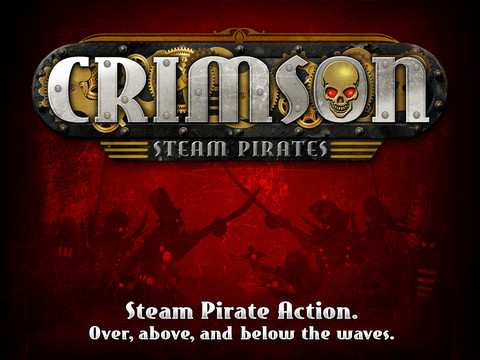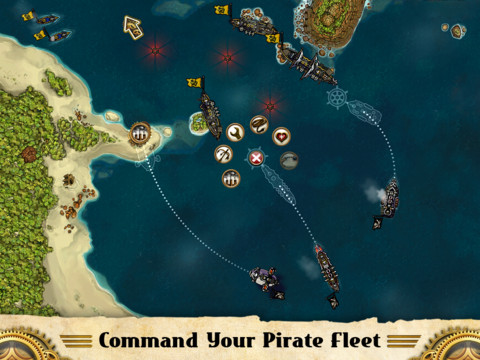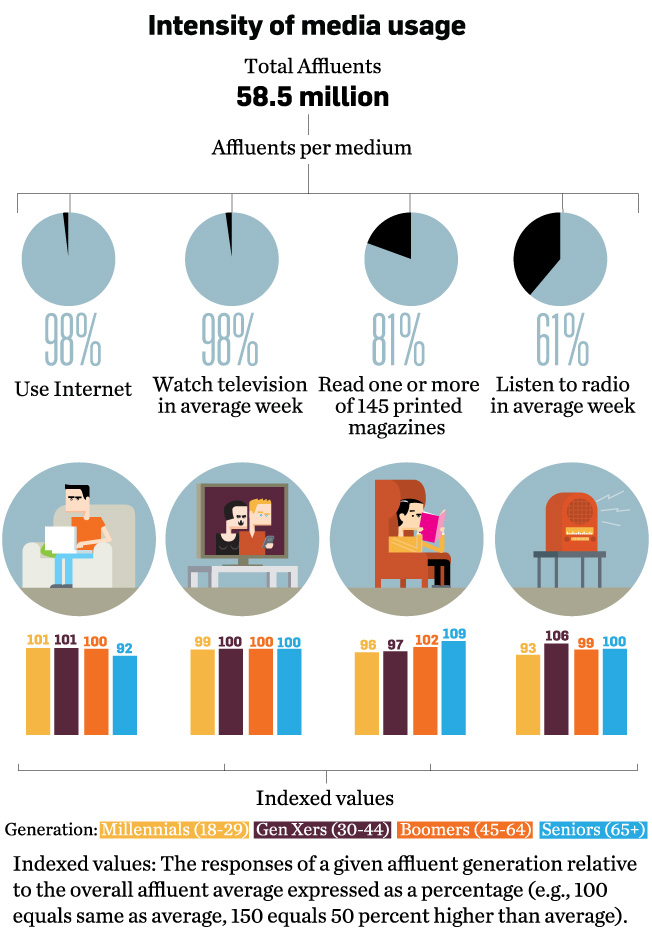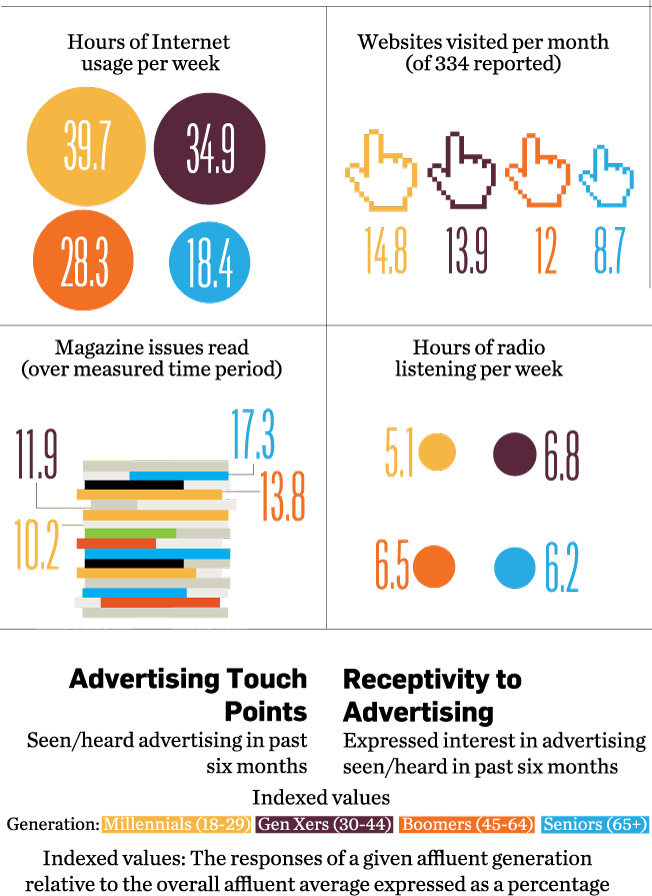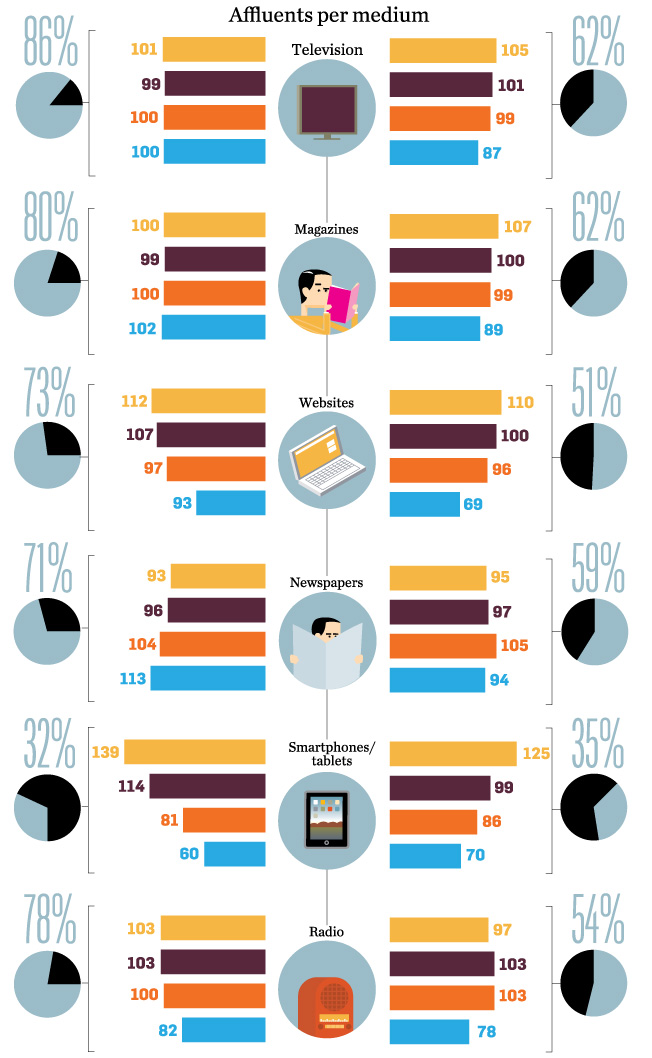Today we’re continuing our special feature from TechSavvy’s Scott Steinberg on top ways to market your game. Be sure to read Part 1 for his first five tips if you haven’t done so already.
Build an Informative Website that Works – It seems like an obvious thing, but it’s surprising how many developers or publishers – small and large alike – don’t have a functional and informative website. Unfortunately, there’s no excuse for a poor showing in this day and age: Being visual creatures, buyers tend to make spot decisions at a glance, and the web hosting and domain industry is competitive, so deals on web space and domain names can be found easily enough. That said, your website should lay out all the basic facts about your game including, but not limited to, its name (of course), key features, how much it costs, where consumers can find it, basic gameplay concepts, story and characters if applicable, contact information, and other important details. Also vital to have are a wealth of supporting visual assets, a blog that is actually updated on a regular basis (blogging about the creative process and/or game tips are good topics) and a forum or community of some kind.
“When marketing your game, think about what it can offer users in terms of direct, tangible everyday benefits.”
Even if you’re not a web design guru, you can look up basic tips about how to put together a website that looks professional and balanced. And also keep in mind: Can the flash where possible. All the smoke and mirrors may seem pretty natty looking, but search engines reduce most sites to text and image tags – to improve SEO and online results, you’ll want to keep it clean and simple.
Provide Gameplay Videos and Trailers – As you may have noticed, given the complexity and audiovisual prowess of today’s video games, the medium’s tale is best told in the form of moving pictures. Ergo, whether you simply capture raw snippets of footage or create jaw-dropping animated bumpers, there’s no excuse for coming up short on b-roll or film footage – the easiest way to show at a glance exactly what type of game you’re offering, and why it’s worth picking up. Ideally, a number of gameplay videos should be used to show off as much of the game as possible in as short a timeframe as possible (people start to zone out after the two-minute mark). A quick, tasteful trailer can also let consumers know where to download the game, and for how much.
In any case, be sure to tag all assets with the game’s name, website and any key sales points you want to get across. Note that gameplay videos can be uploaded to YouTube, which will help ease your site’s bandwidth consumption: Users generally aren’t picky about the video source, or how fancy your dedicated player looks, as much as the actual content and title itself.
Speak Subtly, But Loud – Though it’s important to be naked about certain aspects of your game (how much, where to find it, release date, etc.), it also doesn’t hurt to employ a little creative storytelling by being a little mysterious about your game’s storyline, characters, and settings. Consider the buzz the first Dead Island trailer generated with its slow-motion “rewind” of a zombie battle that ended (began, rather) with the death and infection of a little girl. While the best marketing is sometimes the most direct and straightforward, it’s OK to veer off the beaten path from time to time, so long as you make active efforts to make messaging transparent, and tie it back to the overall story your brand is looking to tell.
If Your Game is Digital, Free Codes Can Speed Along Word of Mouth – Free game download codes passed around via Twitter, forums, and communities (with the moderators’ permission) are a good way to get your game in people’s hands and spread recommendations via word of mouth. Given that the cost to offer digital titles free is minimal, and benefits positive buzz can convey are potentially massive, sometimes, simple grassroots efforts such as seeding the Internet with freebies can be an effective way to raise awareness. Succeed or fail, there’s also another significant upside to keep in mind too: Amongst cost-conscious fans and critics alike, it’s also a handy way to instantly generate some goodwill.
Cut to the Chase – “One of the most important things is that you sell [your game’s] benefits, not features,” writes “apyoungblood” of indiepubgames.com. “Here’s an example to clarify: ‘I bought Super Smash Bros Melee because I enjoyed playing it with several friends,’ versus, ‘I bought [Super Smash Bros Melee] because it has multiplayer options.'” The first example highlights the fun that you can have with your friends if you buy Super Smash Bros Melee – e.g. the title’s social upsides, which piggyback on a core feature to add a massive form of value and potential purchase driver that you won’t find described on the back of the box. The second example merely points out that the game has a certain set of capabilities.
When marketing your game, think about what it can offer users in terms of direct, tangible everyday benefits. What sets it apart from the crowd You already know why your game is special. Don’t be shy about letting rest of the world know the same in straightforward, compelling terms.
